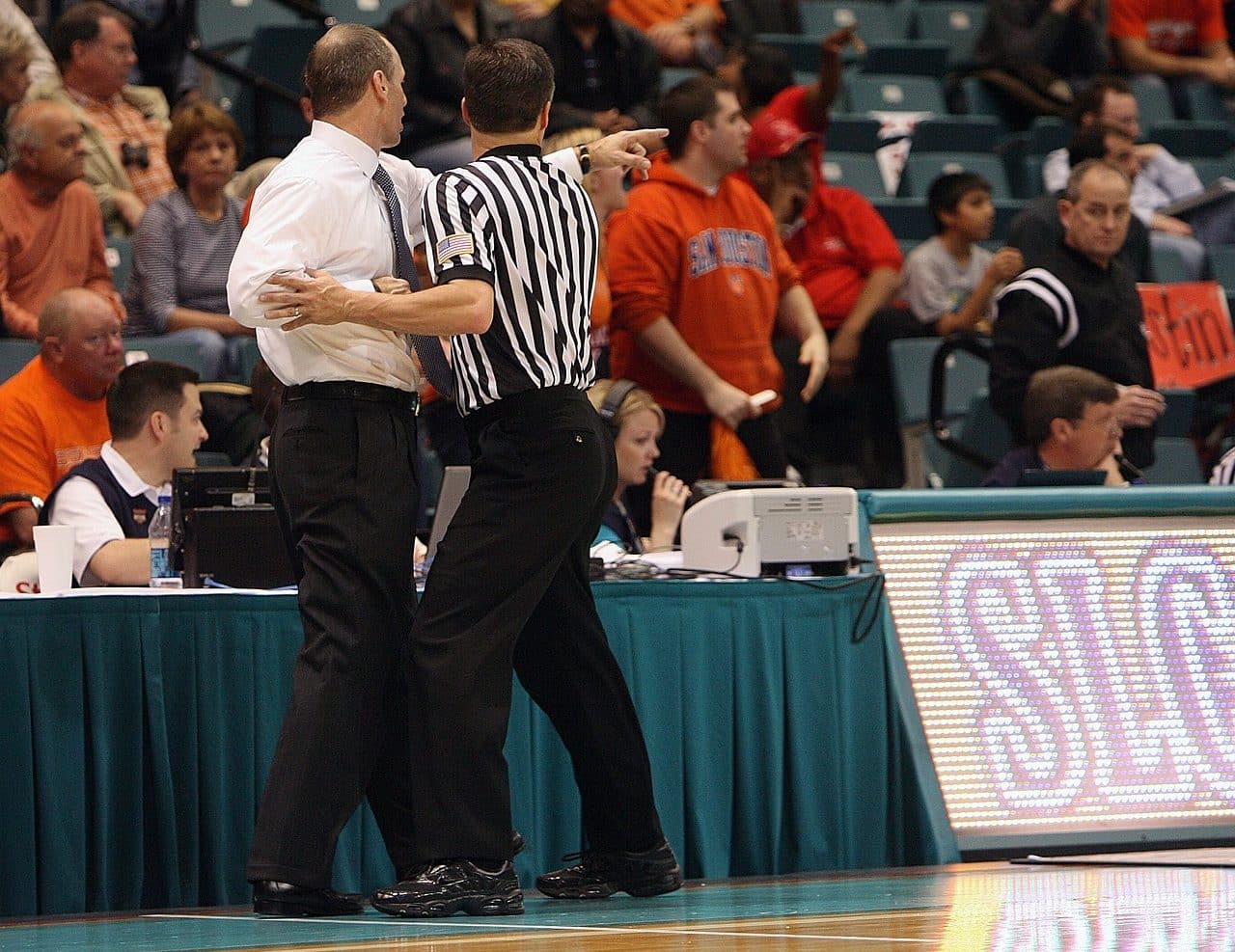
A brawl is a fight.
Reyerta is a concept that comes from the Latin word referta . It is a confrontation , a fight , a dispute or an altercation . For example: “A brawl between rival gangs in the neighborhood left eight people injured, one of them seriously,” “The brawl with knives watered the street with blood,” “Family brawls can cause trauma in children.”
Typically, the notion of brawl refers to a conflict that leads to physical violence . Supporters of two football teams, to cite one case, can get into a brawl in the vicinity of a stadium, hitting each other with fists and throwing blunt objects at each other.
One of the most striking characteristics of the brawl is that it usually begins among a small group of people, who truly know the reason for the confrontation , but in a matter of seconds it expands and includes dozens and dozens of individuals who join in like an echo, and then the event loses meaning and perspective.
Brawls on TV
Throughout the history of television, for example, very high-profile brawls have taken place, as was the case of the one that occurred between the guests of an American program from the 80s called "Geraldo" : an individual who supported the known ideology as "white supremacy" he called another "Uncle Tom" , referring in a derogatory way to his race .
Next, the victim of the insult got up from his seat and grabbed the first one by the neck; Within a few seconds, the entire public was involved in a confrontation that ended with several injured, starting with the driver himself, the journalist and writer Geraldo Rivera .

A brawl may include arguments and/or physical violence.
Verbal dispute
Sometimes, however, the brawl refers to a verbal dispute , with exchanges of hurtful words and even insults, but without reaching physical aggression . The members of a couple can find themselves involved in a brawl when they cannot agree on a certain issue.
It is important to highlight that, before reaching a brawl, all people should appeal to dialogue and respect to resolve their conflicts without confrontations.
The brawl of July 20 in Colombia
In Colombia , an event that occurred on July 20, 1810 is known as The Brawl of July 20. This confrontation consisted of the use of a problem with a vase to fuel the conflict between the Creoles and the Spanish.
This event is also known as El Florero de Llorente or Grito , and is among the most significant in Colombian history. It all started on the morning of July 20 , when Joaquín Camacho , a journalist and lawyer who fought for the Independence of his country even putting his signature on the Act and who was finally murdered in the middle of the Spanish Reconquista, visited Viceroy Antonio José Amar and Borbón , a military man originally from Spain , with the aim of confirming whether he could finally establish a government junta in Santa Fe .
During all this, Mr. Luis Rubio stopped by José González Llorente 's store to ask him to lend him a vase that he wanted to use at a dinner to which Commissioner Antonio Villavicencio would attend. Rubio 's true intention was for Llorente to flatly refuse, since both the former and his guest were Creoles , and they knew that the latter would never do a favor for one of them, especially if it could serve to entertain each other.
After Llorente 's negative response, the Creoles were able to continue with their plan as they expected: they spread the news throughout the town so that everyone would become even more angry with the Spanish, and that was the starting point for the brawl that happened. to history .
A poem by García Lorca
“Reyerta” , finally, is the title of a poem written by the Spanish Federico García Lorca that is part of the collection of poems “Romancero gitano” .
This book was published in 1928 and is considered one of the author's great works .
